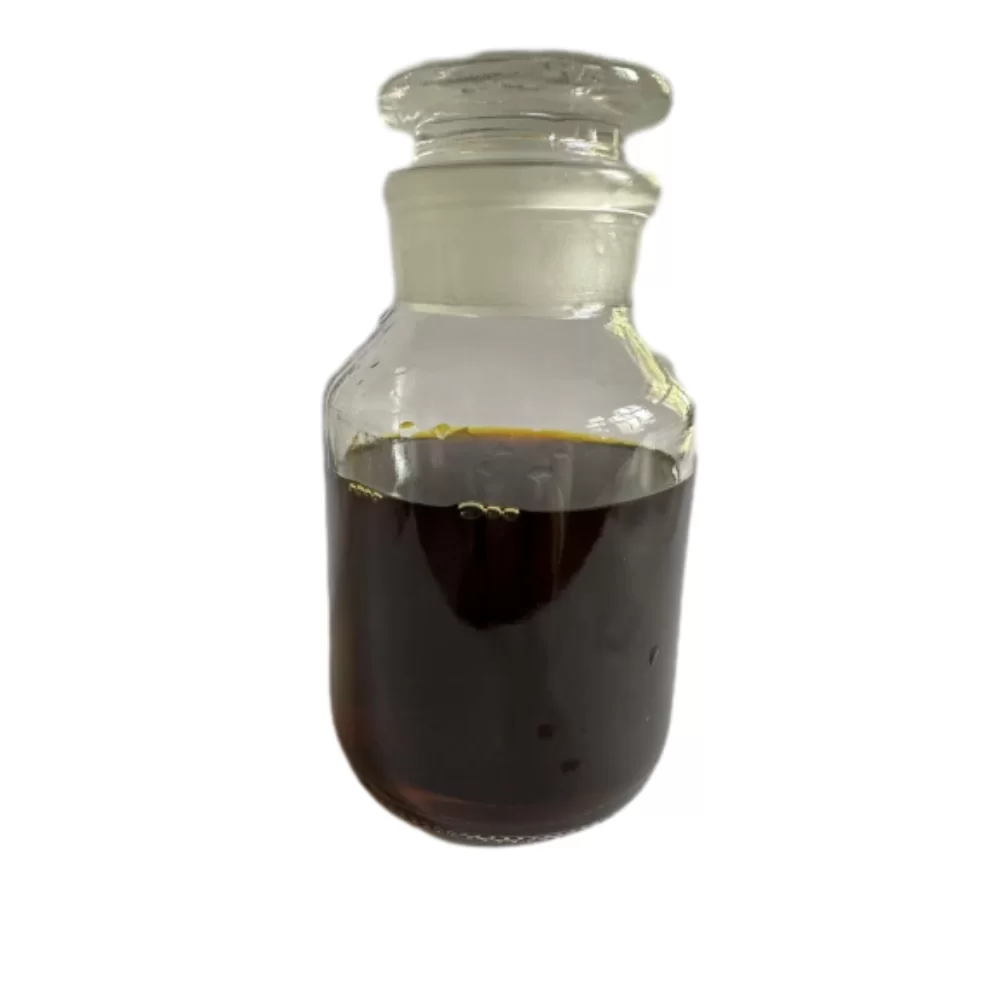A field guide to Types Of Reducing Agent in modern denim dyeing
I’ve spent enough time in dye houses to know: the right reducer can save a shade, a shift, and sometimes a customer. Today I’m unpacking a liquid anti-oxygen agent from Han Village, Zhao County, Shijiazhuang City, Hebei Province—an area that quietly supplies a lot of mills. It’s designed for denim, yarn, and even paper black. Not exotic, but practical. And, to be honest, that’s what plants need.

Industry snapshot and why it matters
Trends I keep hearing: lower sulfide footprint, stable bath redox control, and less back‑staining on ring-dyed denim. In fact, mills want reducers that play nicely with indigo/sulfur systems, don’t gas out the room, and won’t spike COD like crazy. This liquid anti-oxygen agent leans exactly that way—controlled reduction, decent bath stability, and compatibility with standard auxiliaries.
Product specs (field-use oriented)
| Form | Clear to slightly hazy liquid |
| Active content | ≈ 30–45% (real-world batches may vary) |
| pH (1% sol.) | 6.0–8.0 |
| Density @25°C | ≈ 1.05 g/mL |
| Recommended dosage | 1–3 g/L for dye baths; 0.5–1.5 g/L in soaping/anti-oxidation rinse |
| Shelf life | 12 months sealed, cool/dry |
| Compatibility | Indigo/sulfur systems, common wetting agents, dispersants |
Process flow: how mills actually run it
- Materials: indigo/sulfur dyes, caustic, wetting agent, this liquid reducer.
- Method: add to make-up water → adjust pH → charge dyes → maintain redox (ORP) window; for soaping, dose low to quench stray oxygen.
- Testing standards: colorfastness ISO 105-C06 (washing), ISO 105-X12 (rubbing); AATCC 61 as needed; COD by ISO 15705 in effluent checks.
- Service life: stable through typical batch cycles; store sealed to avoid air oxidation.
- Industries: denim weaving/dyeing, yarn dye houses, paper mills for black coloration, accessory dyeing.
Where each Types Of Reducing Agent shines
– Denim: steady shade build, less back-stain on weft. – Yarn: cleaner tone, fewer re-dye events. – Paper: fast, uniform black without heavy sulfide odor. Advantages reported by mills: simpler dosing, predictable ORP, and fewer “mystery” shade drifts. I guess predictability is a feature in itself.
Test data and certifications (practical view)
In an internal lab run (ISO 105-C06, 40°C, 30 min), denim panels treated with this reducer during soaping showed ≈10–15% lower back-stain (gray scale) versus a generic powder reducer. Dry rub (ISO 105-X12) improved from 3–3/4 to 4 on darker shades. Compliance targets commonly requested: ISO 9001-managed QC, REACH SVHC screening, ZDHC MRSL conformance. Ask the vendor for latest CoA/SDS and third-party test summaries, as real-world use may vary.
Vendor comparison (quick take)
| Vendor | Origin | Active% | pH | Lead time | Notes |
|---|---|---|---|---|---|
| Han Village (featured) | Hebei, China | ≈30–45 | 6–8 | 7–15 days | Good denim focus; practical tech support |
| Supplier A | SEA | 25–35 | 7–9 | 10–20 days | Budget option; watch stability |
| Supplier B | EU | 40–50 | 5–7 | 15–25 days | Premium; higher cost |
Customization options
Common tweaks include higher active content for continuous ranges, low-foam versions for jet dyeing, and blends with chelators for metal-heavy water. Packaging: IBCs or drums; private label on request.
Case study (denim mill, anonymized)
After switching their Types Of Reducing Agent in the soaping stage, a mid-sized mill saw dry rub improve from 3 to 4 on 12 oz stretch denim; re-dye rate dropped ≈8%. Effluent COD attributable to reducing agent inputs fell ≈12% (ISO 15705 screening). One supervisor joked, “fewer late-night shade rescues.” Honestly, that’s the nicest KPI.
Customer feedback: “Shade build is calmer; dosing is forgiving. No harsh odor. We kept the same pump settings.”
Final take
If you’re mapping out which Types Of Reducing Agent to standardize, this liquid option is a safe, denim-savvy baseline. Validate locally—run ISO 105 panels, watch ORP stability, and confirm compliance docs before scale-up.
Authoritative citations
Our team comprises seasoned manufacturing experts and international business professionals.dye auxiliaries Core team members possess 15-20 years of industry experience,textile auxiliary manufacturer with deep understanding of every production detail and sharp market insights.textile auxiliary agent Our professional teams include:R&D Team: Continuous innovation, leading industry development Production Management Team: Pursuing excellence,auxiliaries chemicals ensuring stable quality Quality Control Team: Strict supervision with zero-tolerance attitude International Business Team: Professional service with seamless communication.textile auxiliaries chemicals